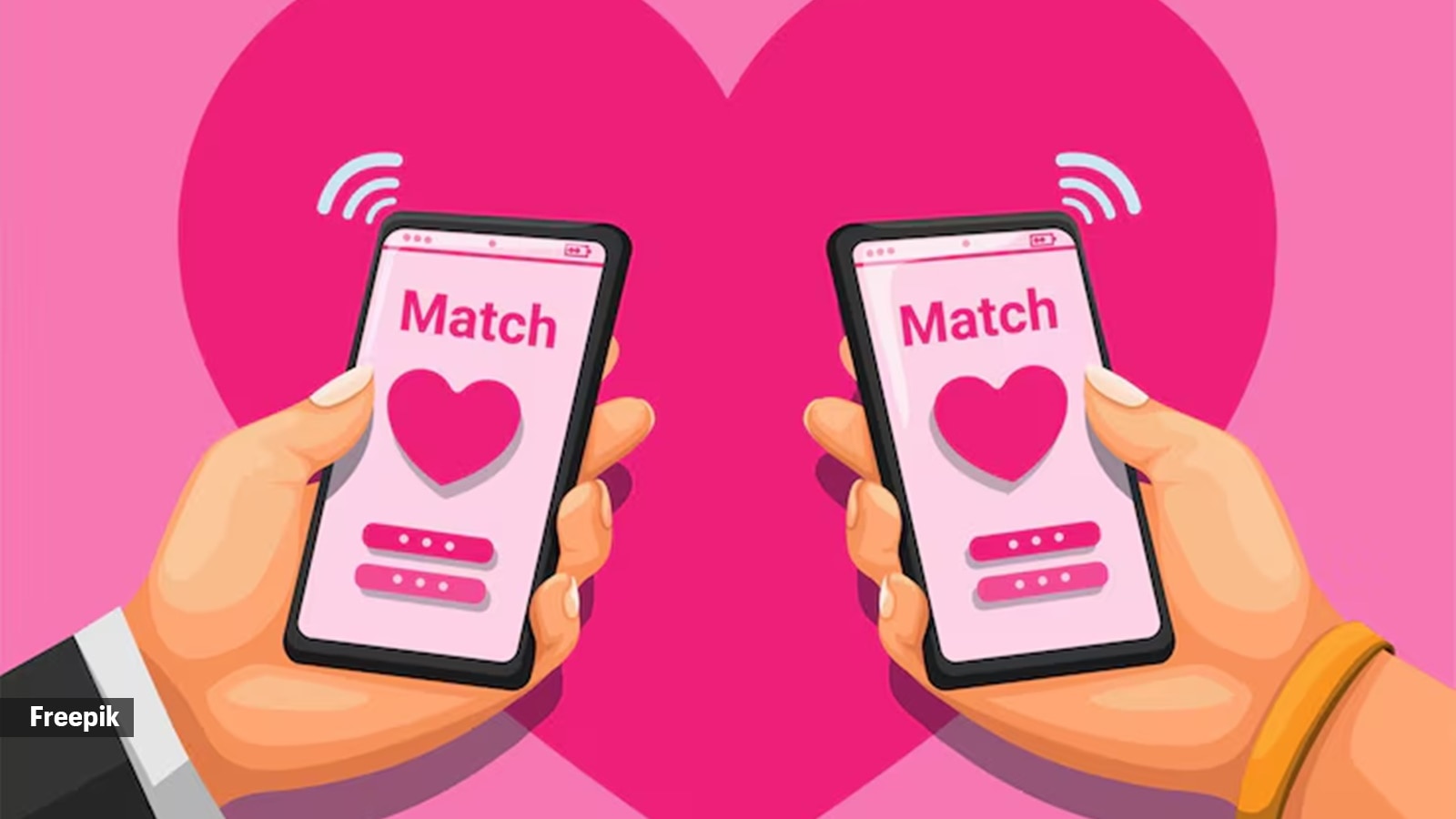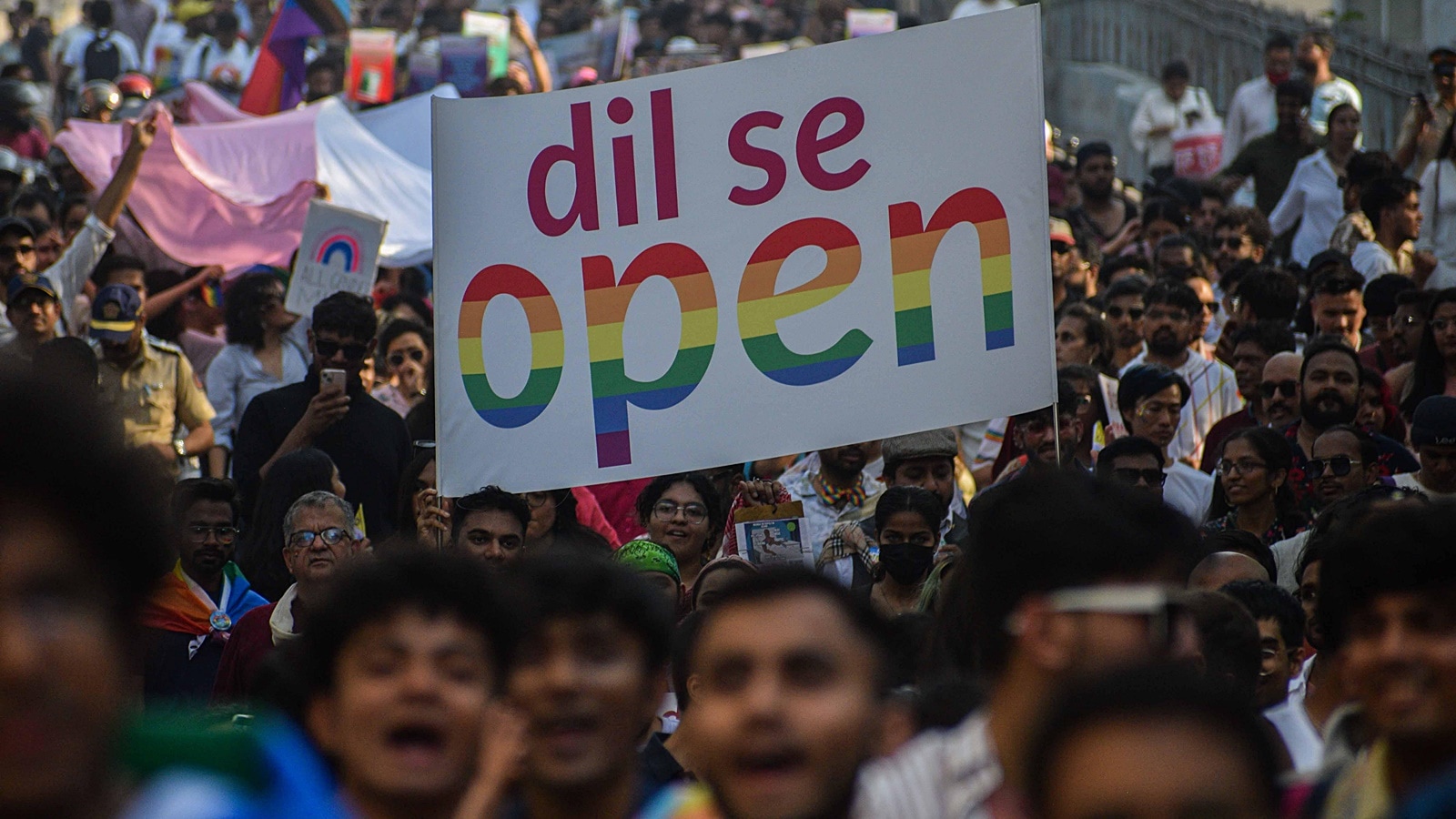“I’m not even sure bisexuality exists. It’s just a layover on the way to Gaytown.” These infamous words from Sex and the City’s Carrie Bradshaw still echo eerily in 2025.
A quarter-century since that episode aired, bisexuality remains one of the most misunderstood, erased and dismissed identities, often seen as temporary. You’re either on your way to being “fully gay,” or merely “experimenting” before settling into heterosexuality. It is as if queer desire must pledge loyalty to a single gender to be real.
And yet, bisexual and pansexual people comprise the largest subgroup within the LGBTQIA+ community today. A 2022 Gallup poll found that nearly 60 per cent of LGBTQIA+ adults in the United States of America identify as bisexual. Among Gen Z, two-thirds of queer adults identify as bi. Statistically, they’re the majority. Socially, they remain one of the most invalidated groups.
This phenomenon, often referred to as bi-erasure or pan-erasure, plays out in media, queer spaces and straight relationships alike. It made headlines recently when musician Billie Eilish was mocked after confirming a relationship with a man. Online discourse rushed to revoke her queerness, treating it as something that could be undone.
people are being so weird about billie eilish. bisexual women date men. that’s literally what being bi means. it’s not her fault she’s not publicly been with/fallen in love with a woman or nb person. do you have the same problem if bi women only date women?? or is that okay?
— queereotype ☻ (@thatqueerkiwi) June 9, 2025
Bisexuality refers to attraction to more than one gender; this may include men, women and non-binary people. It does not mean you’re “half straight, half gay” or that you must be attracted to cis people alone – just that your capacity for attraction isn’t limited to a single gender. These common misconceptions have heavily contributed to its erasure, both within and outside the community.
Pansexuality emerged as a parallel, a term that is more explicitly inclusive – one that signals attraction regardless of gender. For many, it offered a clearer way to communicate their experience of desire beyond the binary.
But what does it actually mean to date while being attracted to more than one gender?
Between binaries and myths
For Fiza, 27, a queer polyamorous woman (who uses both bi and pan for herself), dating as a bisexual or pansexual person isn’t just about orientation, it’s about negotiating multiple identities in spaces that are often reductive. “Queer spaces sort of erase your identity as bi,” she says. “It’s just not queer enough, especially if you’re in a straight-passing relationship.”
Story continues below this ad
It’s a familiar double bind: the presumption that queerness must look a certain way. A woman dating a man is assumed to be straight. If she’s also polyamorous, she’s often perceived as (sexually) “available” – a perception that’s both hypersexualising and dismissive of emotional depth.
 Fiza’s experience is layered with the complexities of being polyamorous. This adds another dimension of misunderstanding. (Reuters/File Photo)
Fiza’s experience is layered with the complexities of being polyamorous. This adds another dimension of misunderstanding. (Reuters/File Photo)
“Mostly, the only bisexual relationship people seem to accept is femme with femme,” Fiza explains. “They don’t give space to the platonic relationships I have as a poly person. Being bi legitimises my queerness, but only if I’m visibly queer to them.”
Fiza’s experience is layered with the complexities of being polyamorous. This adds another dimension of misunderstanding. She finds that cishet men interpret her openness as an invitation rather than an identity.
“They imagine being poly means you’re in an open relationship where they can slot themselves in. That’s not what this is. And I shouldn’t have to explain that just to justify existing,” she says.
Story continues below this ad
The politics of attraction
Sanjana, 25, has a different vantage point – one shaped by the scarcity of queer spaces and a reliance on dating apps that often feel performative.
“I don’t know where else to look for women to date apart from dating apps,” she says. “The environment isn’t exactly queer-friendly here in Bangalore. Very few are open, and even fewer are looking to date.”
Even within those spaces, the presence of “bicurious” profiles feels inauthentic and emotionally risky for her. “We’re all figuring things out, but I don’t want to date someone just fortb them to later say they’re not actually queer. That’s hard,” she says.
Sanjana’s words speak to the emotional exhaustion of constantly explaining your identity, or having it doubted altogether.
Story continues below this ad
“It feels like I have imposter syndrome because I have zero queer experience despite knowing I’m attracted to women. I can’t just walk up to someone I find hot in the metro and ask them out. Dating apps don’t help. And let’s not even talk about catfish accounts,” she tells indianexpress.com.
For bi women like Sanjana, queer visibility isn’t just about pride parades or Instagram bios. It’s about the ability to date and connect without fear, scepticism or ridicule – something that remains elusive in many parts of India and elsewhere.
 Sanjana, 25, has a different vantage point – one shaped by the scarcity of queer spaces and a reliance on dating apps that often feel performative. (Source: Freepik)
Sanjana, 25, has a different vantage point – one shaped by the scarcity of queer spaces and a reliance on dating apps that often feel performative. (Source: Freepik)
Are you queer enough?
What ties Fiza’s and Sanjana’s experiences together is a shared struggle: proving the validity of their queerness – to others, and, sometimes, to themselves.
For bi and pan individuals, the visibility paradox is real. If they’re single, they’re assumed straight. If they’re in a relationship with someone of the same gender, they’re assumed gay. And if they’re with a different-gender partner, their identity vanishes altogether.
Story continues below this ad
“When you’re poly, your bi identity sometimes feels more ‘accepted’ because you’re dating multiple people of different genders,” says Fiza. “But why should I need to prove anything at all?”
It’s not just about romantic partners either. The very spaces designed for queer community can gatekeep visibility.
“I’ve had people assume I’m not queer enough because I’m not actively dating someone of the same gender, or a non-binary person,” she says. “As if queerness is only real when you’re performing it.”
And yet, dating as bi or pan isn’t about spectacle or proving a point. It’s about connection.
Story continues below this ad
“I always begin with friendship,” Fiza says of her approach. “Then I gauge compatibility, attraction, and our shared values. Disclosing my identity is crucial – I need them to understand that being poly doesn’t mean I’m emotionally unavailable.”
Sanjana adds, with a tinge of irony, “I wish we had a Grindr for women – at least that would feel a bit safer and more direct.”
 To date while bi or pan is to date in a world that refuses to see you in full. It’s to be continually read as half, or as pretending, or as conveniently queer. (Express Archives)
To date while bi or pan is to date in a world that refuses to see you in full. It’s to be continually read as half, or as pretending, or as conveniently queer. (Express Archives)
Where do we go from here?
Despite increasing representation, bisexual and pansexual individuals still confront disbelief, fetishisation, and dismissal. Their queerness is often seen as conditional – visible only when it conforms to the dominant visual codes of gayness.
But the truth is this: bisexuality and pansexuality are not stopovers or indecisions. They are complete, valid identities, regardless of who someone is dating.
Story continues below this ad
To date while bi or pan is to date in a world that refuses to see you in full. It’s to be continually read as half, or as pretending, or as conveniently queer.
And still, love happens. Friendship blossoms. Communities form. People like Fiza and Sanjana continue to seek meaningful relationships in spaces both welcoming and indifferent.
In Fiza’s words: “It’s not easy. But you find your way. You find your people. You keep showing up – as you are.”

